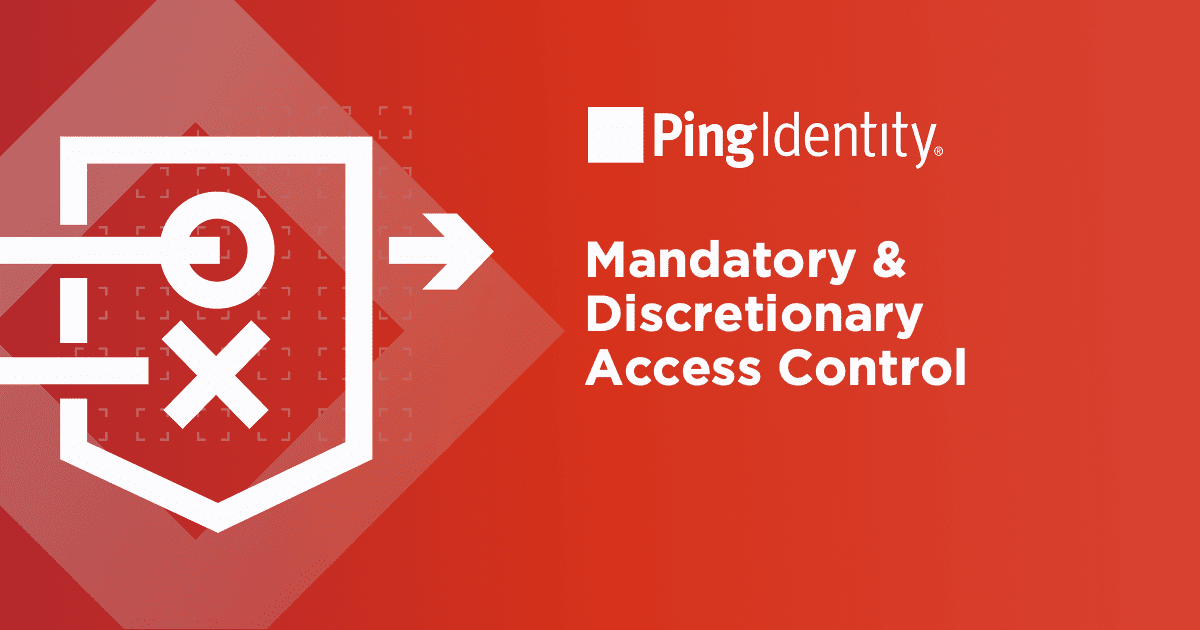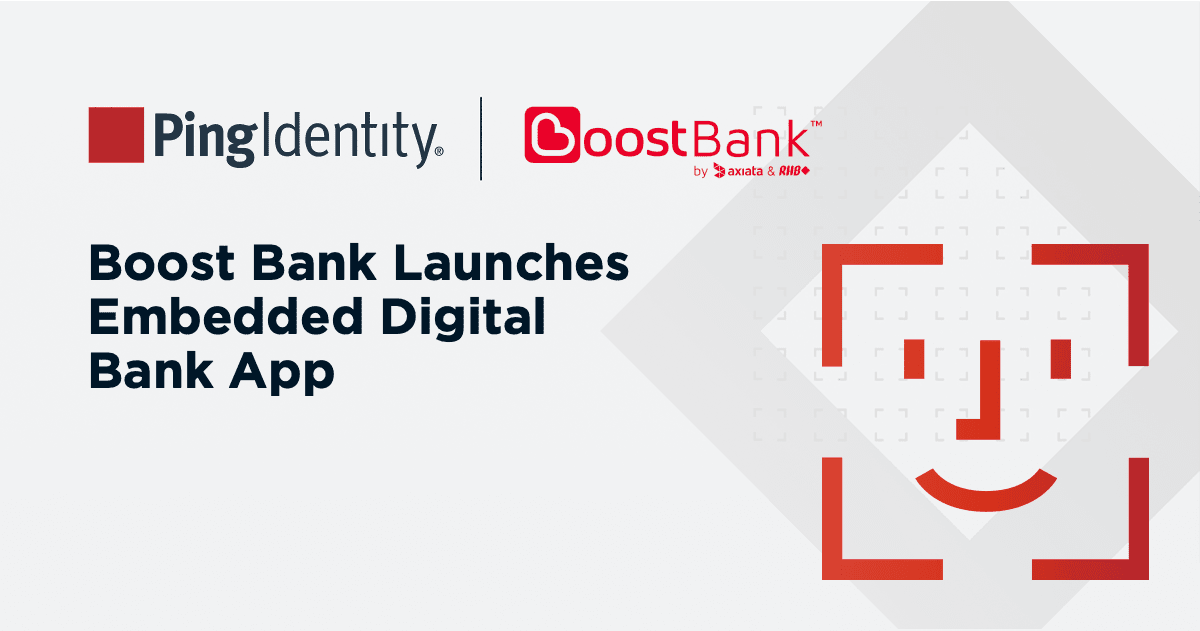Issue: Limited Application Scope
Applications are constantly changing. Enterprises have to deal with a wider variety of apps more than ever before, including web apps, mobile apps, single-page apps and APIs. Identity and access management (IAM) teams must have the ability to onboard any app or resource that the enterprise needs. This is typically done via open standards like OAuth, OIDC, SCIM, SAML, etc. Legacy IAM that does not support open standards is severely impacting your ability to meet the requirements of new and future resources.
Solution: Support for Open Standards & Legacy Apps
Identity teams need IAM to support their entire ecosystem of applications. You need a system with developer-friendly support for open standards so you can easily onboard newer resources like SaaS apps and APIs. At the same time, IAM should provide server and language coverage for legacy systems that typically live on-premises and/or are homegrown.
Issue: Shadow IT & Unplanned Silos
When identity teams can’t meet the requirements or the speed of the business, lines of business resort to creating or buying their own identity systems. These forms of shadow identity, or authentication silos, often start off as exceptions to a centralized IAM but grow over time. It’s a shortsighted strategy for immediate gains that can have crippling long-term effects. These silos not only become an operational headache and another facet within the environment to maintain, but also increase the organization’s security risk and the potential for breach.
Solution: Centralized Authentication Services Built for Speed & Scale
Modern enterprises need IAM that allows admins to centrally manage thousands of applications and respond quickly to new onboarding requests. Given the small nature of IAM teams, systems should come with automation and APIs that enable self-service and delegated admin capabilities. In addition, IAM teams should look for robust management consoles and policy templates, which enable them to plan ahead of time for when the business needs to scale.
Issue: Disjointed Employee Experience
When IAM fails to support a broad application portfolio and/or creates silos, it diminishes the employee experience. Numerous logins are a burden to the workforce, introducing password risk and increased calls to the help desk that hamper productivity. It also limits the effectiveness of investments, as employees won’t have access to all of their resources in one place and therefore adopt new technologies more slowly. Last but not least, it will create an inconsistent experience as employees move between apps.
Solution: Simple, Single-click Access to All Apps
When IAM is centrally managed and simplifies the needs of workforce identity admins, it also leads to positive changes for all employees. By centralizing authentication, employees no longer have to use multiple login credentials to access different systems. Instead, they can log in to a single portal or dock where they have single-click access to all their apps. The result is better productivity, and, with fewer passwords in circulation, improved security.



